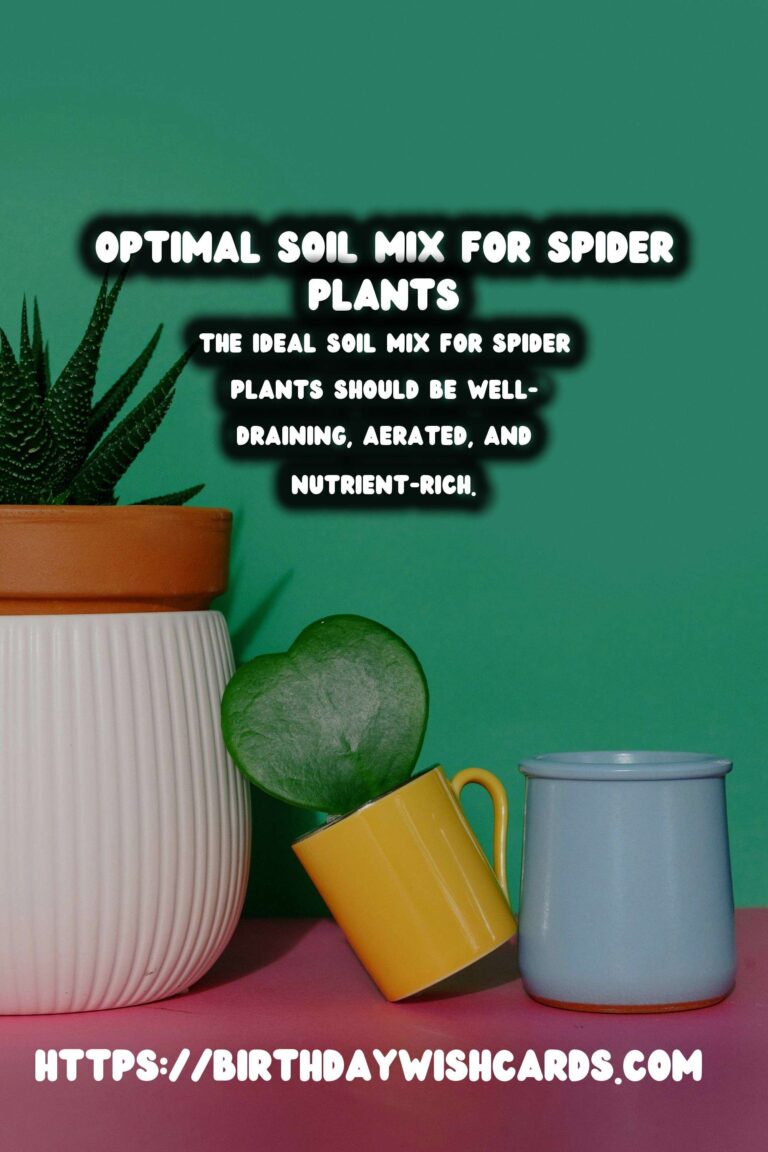
Spider plants, known for their easy care and air-purifying qualities, are a favorite among indoor gardening enthusiasts. To ensure these resilient plants thrive, providing the right soil mix is crucial. A well-prepared soil mix not only supports healthy root development but also aids in proper drainage and nutrient absorption.
Understanding the Needs of Spider Plants
Before diving into the specifics of the best soil mix, it’s essential to understand the basic needs of spider plants. Scientifically known as Chlorophytum comosum, spider plants require conditions that mimic their native tropical environment. This includes adequate moisture, indirect sunlight, and nutrient-rich soil.
Characteristics of the Ideal Soil Mix
The ideal soil mix for spider plants should have the following characteristics:
- Well-draining: Spider plants are susceptible to root rot if left in waterlogged soil. A well-draining mix ensures excess water flows away from the roots.
- Aerated: Good aeration allows roots to breathe and access oxygen, which is vital for growth.
- Nutrient-rich: A soil mix rich in organic matter will provide the necessary nutrients for spider plant health.
Components of the Best Soil Mix
To create an optimal soil mix for spider plants, combine the following components:
- Potting Soil: Start with a high-quality potting soil as the base. It should be lightweight and contain organic materials.
- Perlite or Sand: Add perlite or coarse sand to improve drainage. These materials prevent compaction and enhance aeration.
- Compost: Incorporate compost to enrich the soil with nutrients. It also improves soil texture and moisture retention.
- Peat Moss or Coconut Coir: These materials help retain moisture while providing slight acidity, which spider plants prefer.
Step-by-Step Guide to Preparing the Soil Mix
Follow these simple steps to prepare the ideal soil mix for your spider plants:
- Measure equal parts of potting soil and perlite or sand. For instance, use one part potting soil to one part perlite.
- Add a quarter part of compost to the mix. This will enhance nutrient content.
- Incorporate peat moss or coconut coir to ensure the mix retains moisture without becoming waterlogged.
- Mix all components thoroughly to ensure even distribution.
Planting and Re-potting Spider Plants
Once your soil mix is ready, it’s time to plant or re-pot your spider plants. Choose a pot with drainage holes to prevent water accumulation. Gently remove the spider plant from its current pot, being careful not to damage the roots. Place it in the new pot and fill with your prepared soil mix, ensuring the plant is at the same depth as before.
Maintaining Healthy Spider Plants
Besides the right soil mix, regular care is key to maintaining healthy spider plants. Water them when the top inch of soil feels dry. Provide bright, indirect light and avoid over-fertilizing, as spider plants are not heavy feeders. Keep an eye out for pests like spider mites and aphids, and address any infestations promptly.
Conclusion
Caring for spider plants is a rewarding endeavor when you provide them with the right environment. The best soil mix plays a significant role in their overall health, supporting robust growth and vibrant foliage. By understanding their needs and preparing the optimal soil mix, you can enjoy the beauty and benefits of spider plants in your home.
Spider plants require conditions that mimic their native tropical environment. The ideal soil mix for spider plants should be well-draining, aerated, and nutrient-rich. A well-prepared soil mix not only supports healthy root development but also aids in proper drainage and nutrient absorption. Regular care, including appropriate watering and lighting, is essential for maintaining healthy spider plants. 
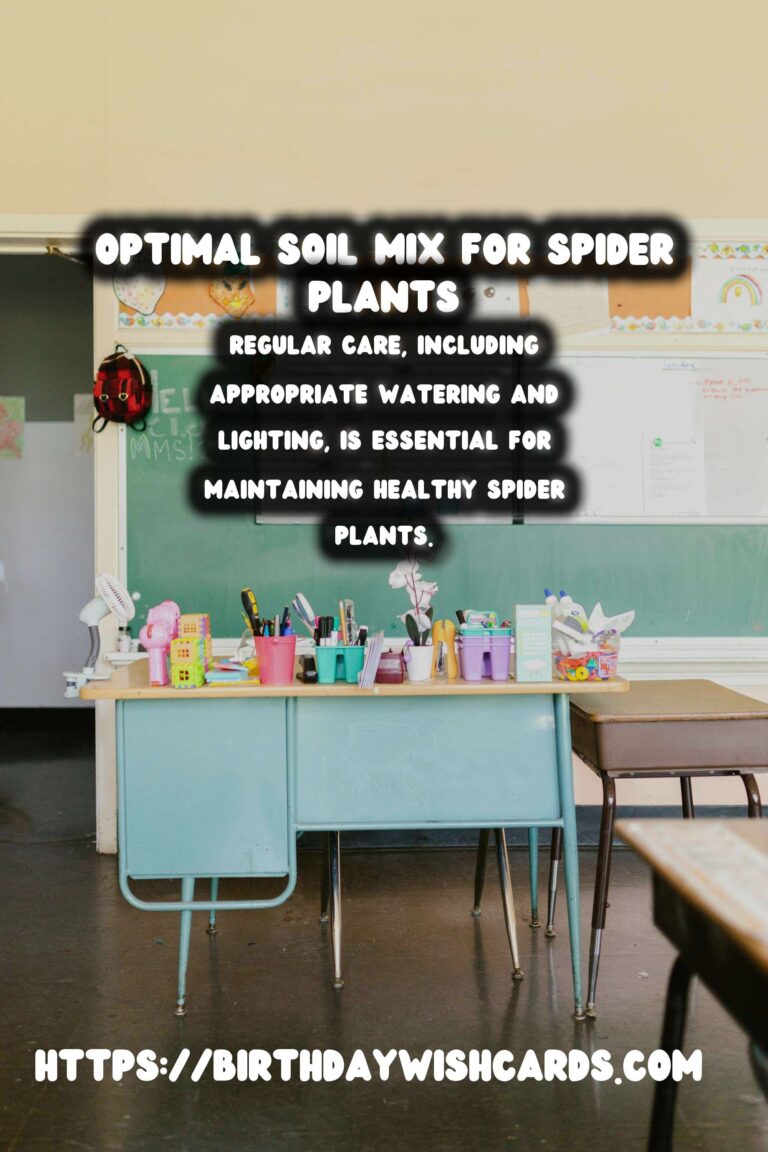
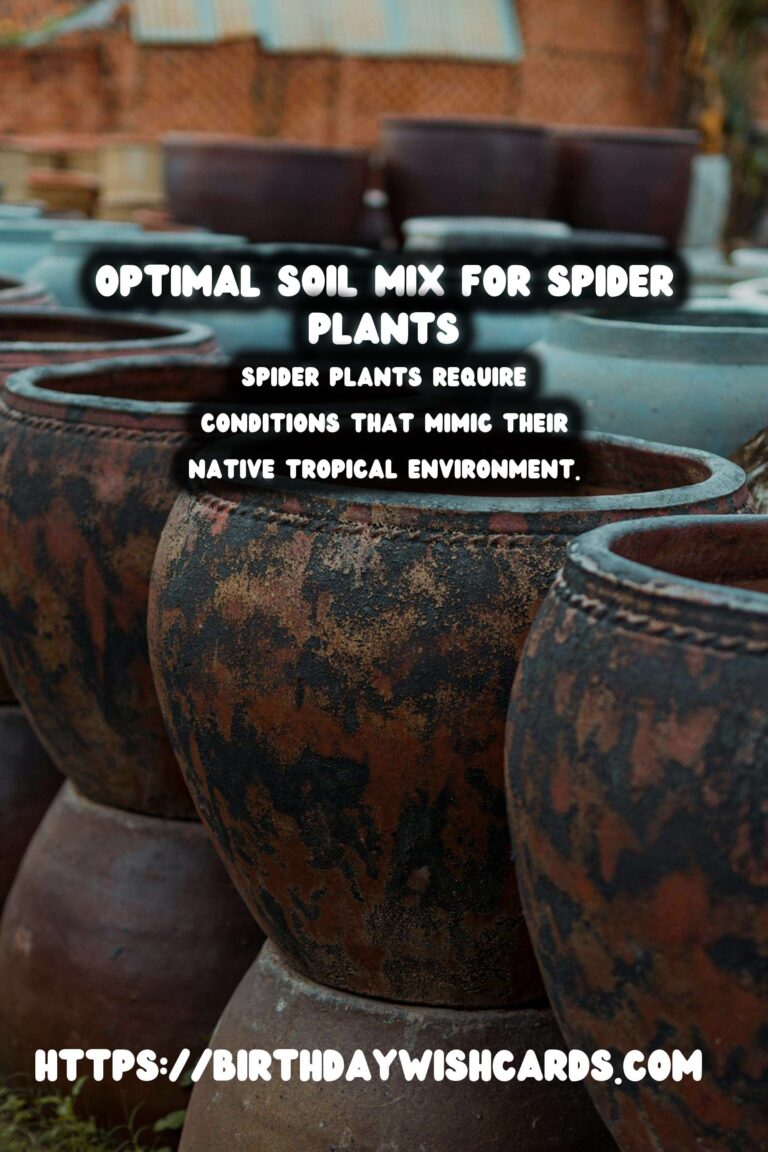
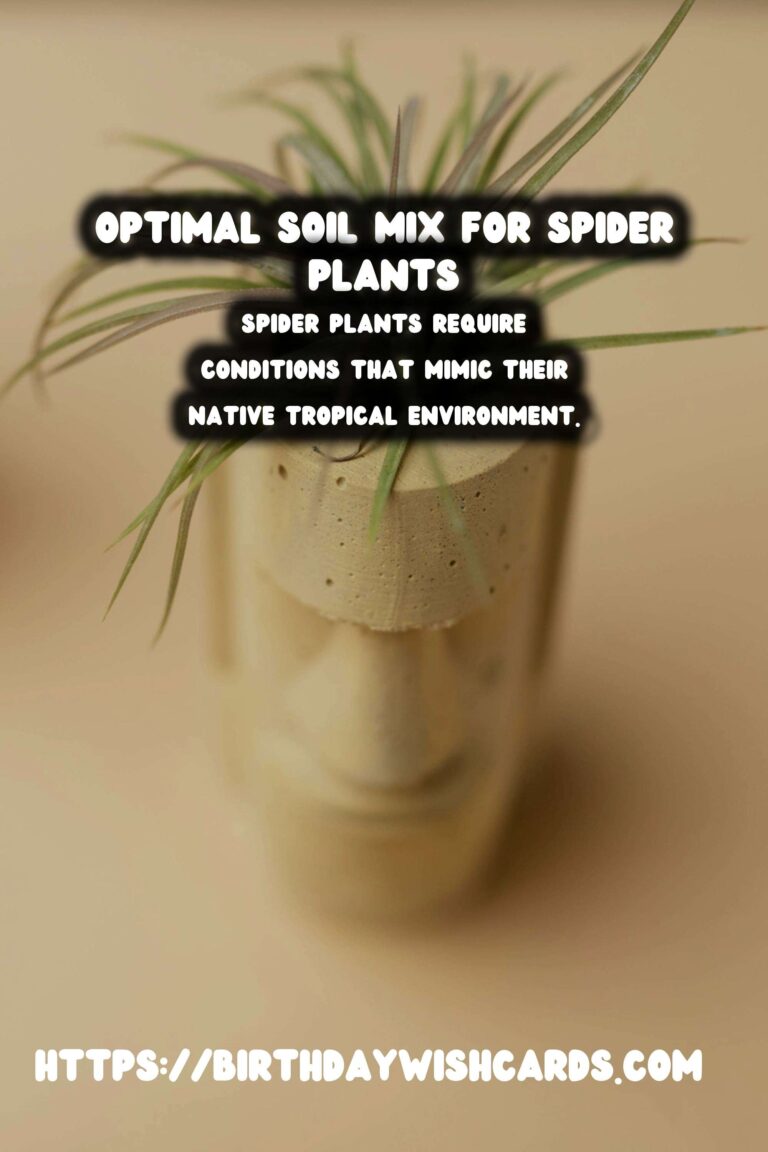
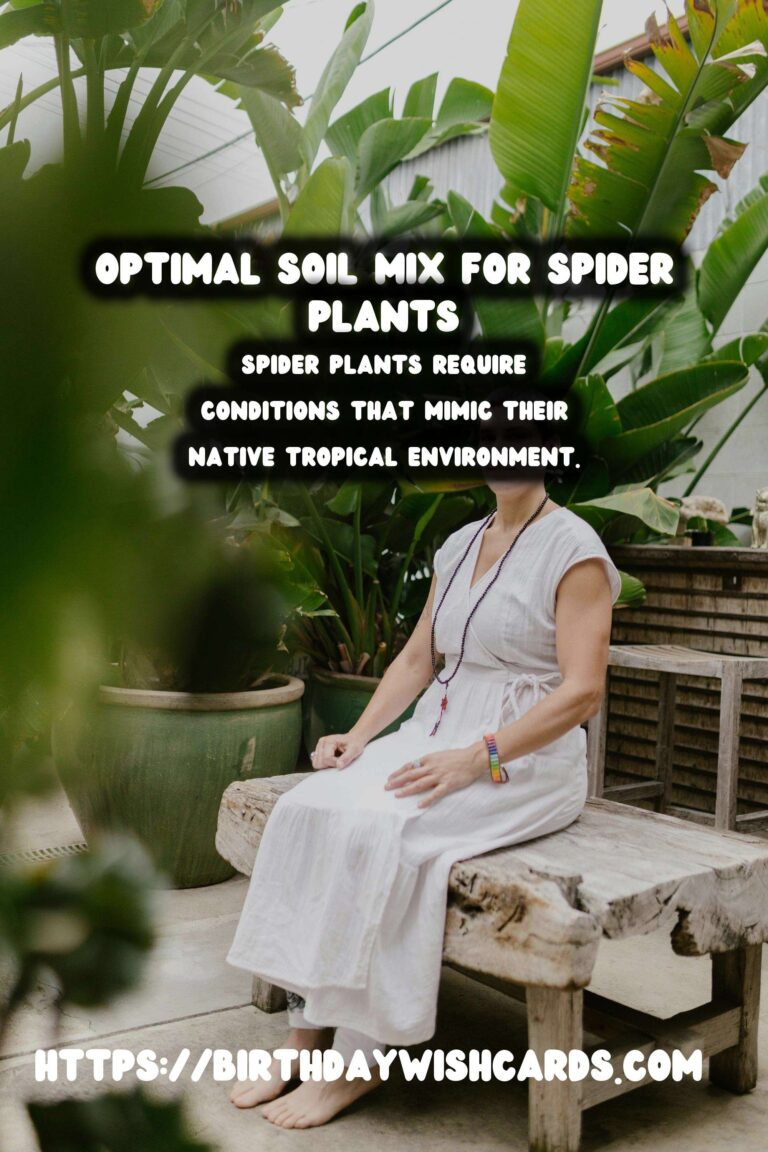
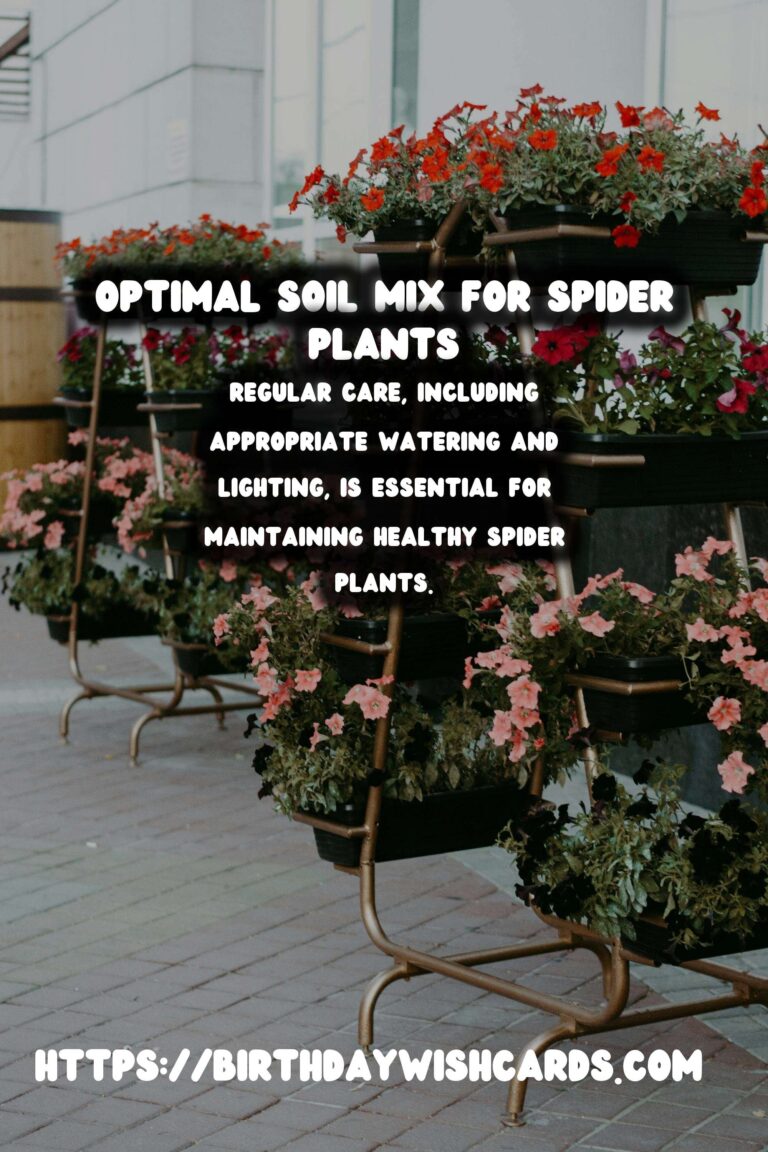
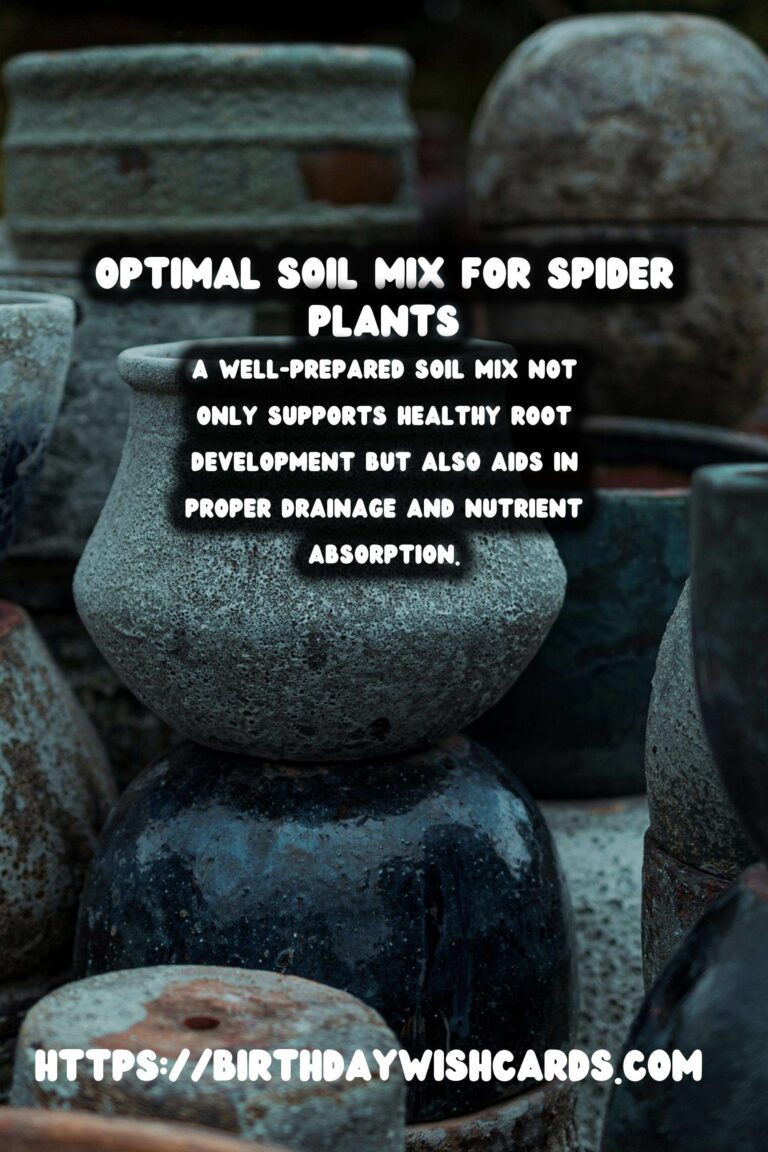
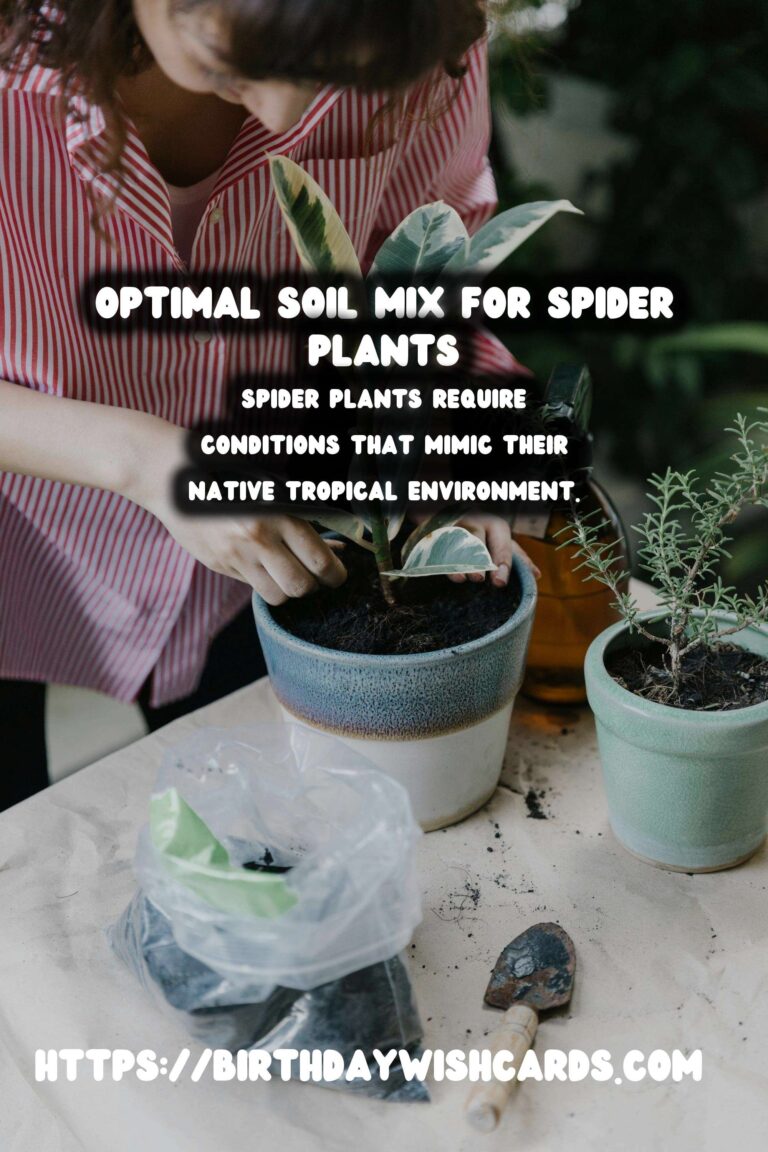
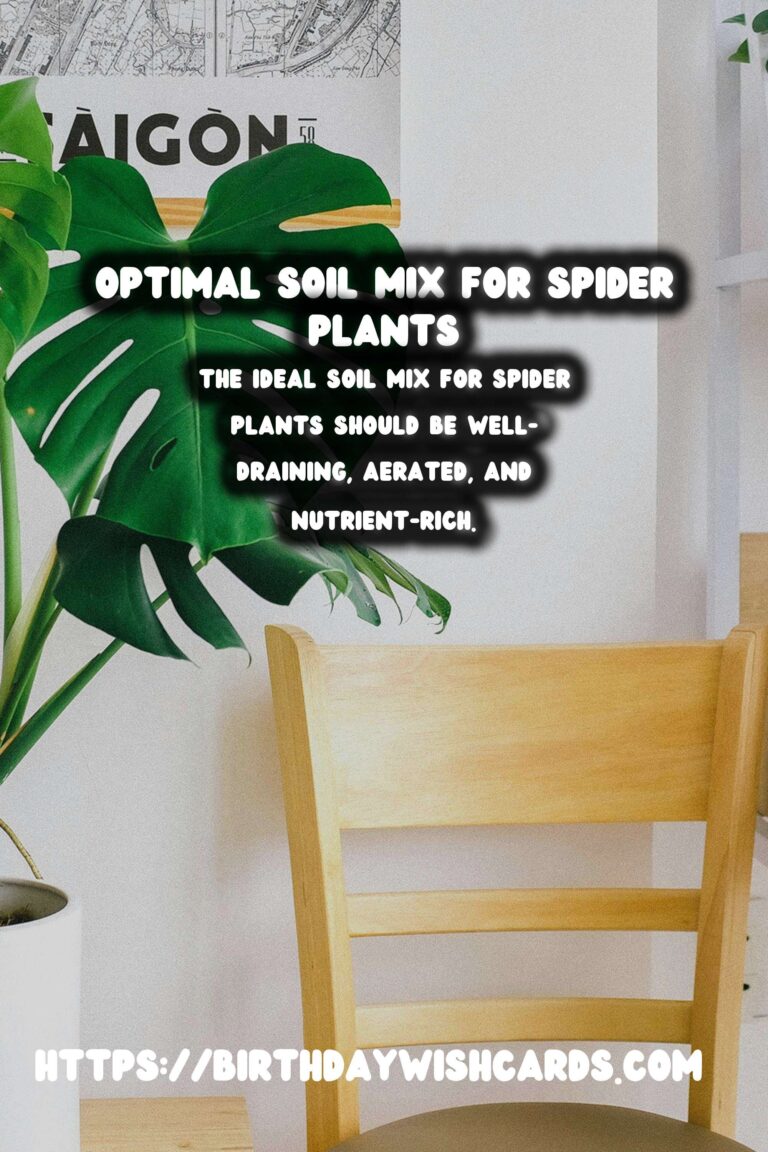

#SpiderPlants #Gardening #Houseplants #IndoorPlants #PlantCare




